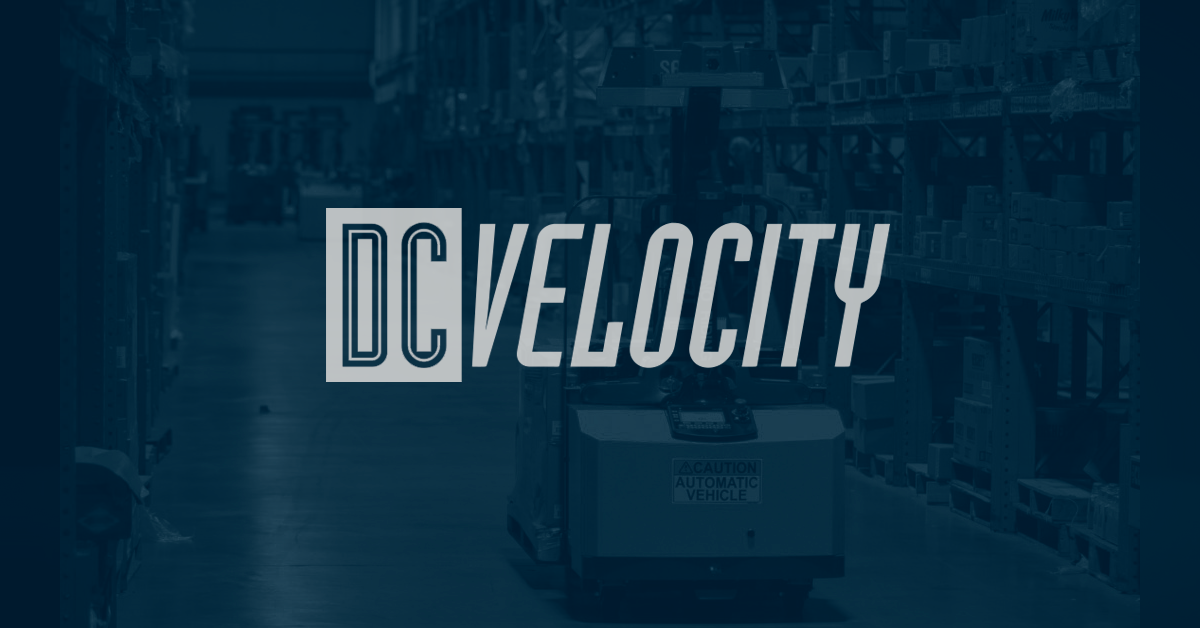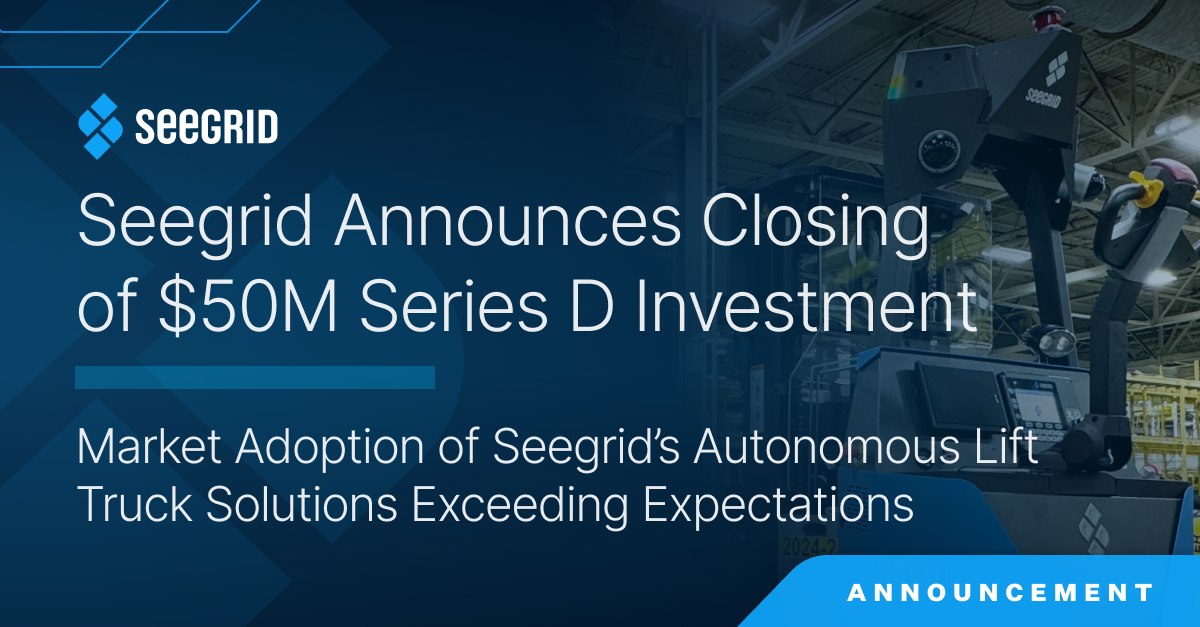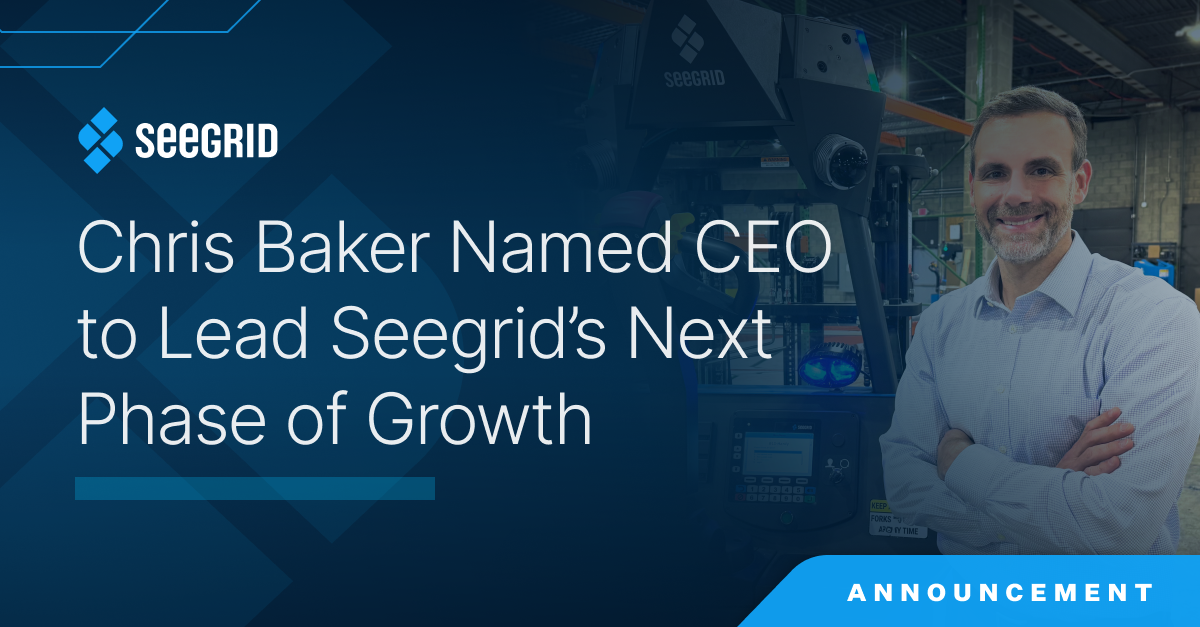The supply chain as a whole has never been more of a focus than in recent years, with disruptions wrought by the pandemic impacting consumers and businesses in nearly every industry across the globe. This has caused more companies than ever before to accelerate investments in automation technology.
When evaluating new automation solutions, buyers quickly realize not all automation technologies are created equal. In the case of autonomous mobile robots (AMRs), today’s AMRs operate differently and vary in their degrees of autonomy as well as their reliability, flexibility, and functionality. Choosing the right mobile automation solution can help create a resilient, agile, and safe operation that can help warehouses and manufacturing facilities adapt in today’s ever-changing environments.
Traditional vs. Nontraditional Automated Solutions
There are different categories of self-driving industrial vehicles, including autonomous mobile robots (AMRs) and automated guided vehicles (AGVs). These material handling solutions serve a similar purpose of moving materials within manufacturing, warehousing, or logistics facilities, but how they operate is where they differ. Traditional AGVs follow fixed paths that are defined with physical infrastructure such as tape, wires, magnets, or reflectors. The downside of infrastructure-based automation solutions is that they can hinder a facility's ability to remain flexible and adopt a continuous improvement mindset. The friction of change, costs associated with reconfiguring a facility, and risk of downtime when making updates can be a competitive disadvantage. The continuous need for supply chain agility has led many companies to turn to highly flexible AMR solutions.
AMRs are similar to AGVs in that they are also driverless industrial vehicles; however, AMRs can navigate entirely through onboard sensors and technology, meaning they do not need any external landmarks to move and operate within a facility. This advantage means that AMRs sense their surroundings in real-time, navigating based on the data they gather to drive reliably and reduce downtime. It’s also important to look at the different sensors and technologies AMRs rely on to gather that data, and whether they are constrained by their sensory abilities or by the software that makes decisions on how to use the data.
About Seegrid
Seegrid is a leading manufacturer of innovative autonomous vehicle solutions for palletized material handling, combining autonomous fork truck (AFT) and autonomous tow tractor technologies, enterprise software, and best-in-class services for complete, connected automated workflows. With over 18 million autonomous production miles driven to date, Seegrid AMRs are reliable, flexible, and proven. The world’s largest manufacturing, warehousing, and logistics companies rely on Seegrid. Partnered with over 50 global brands, 2,000+ AMRs are deployed within 200+ customer sites. Seegrid collaborates with customers to embrace the future of autonomous material handling, ensuring they achieve enhanced efficiency, productivity, and safety while achieving industry-leading returns on their investment.
To access Seegrid images, visit: seegrid.com/media
Media Contact
Jennifer Bauman
media@seegrid.com
412-379-4500
###







